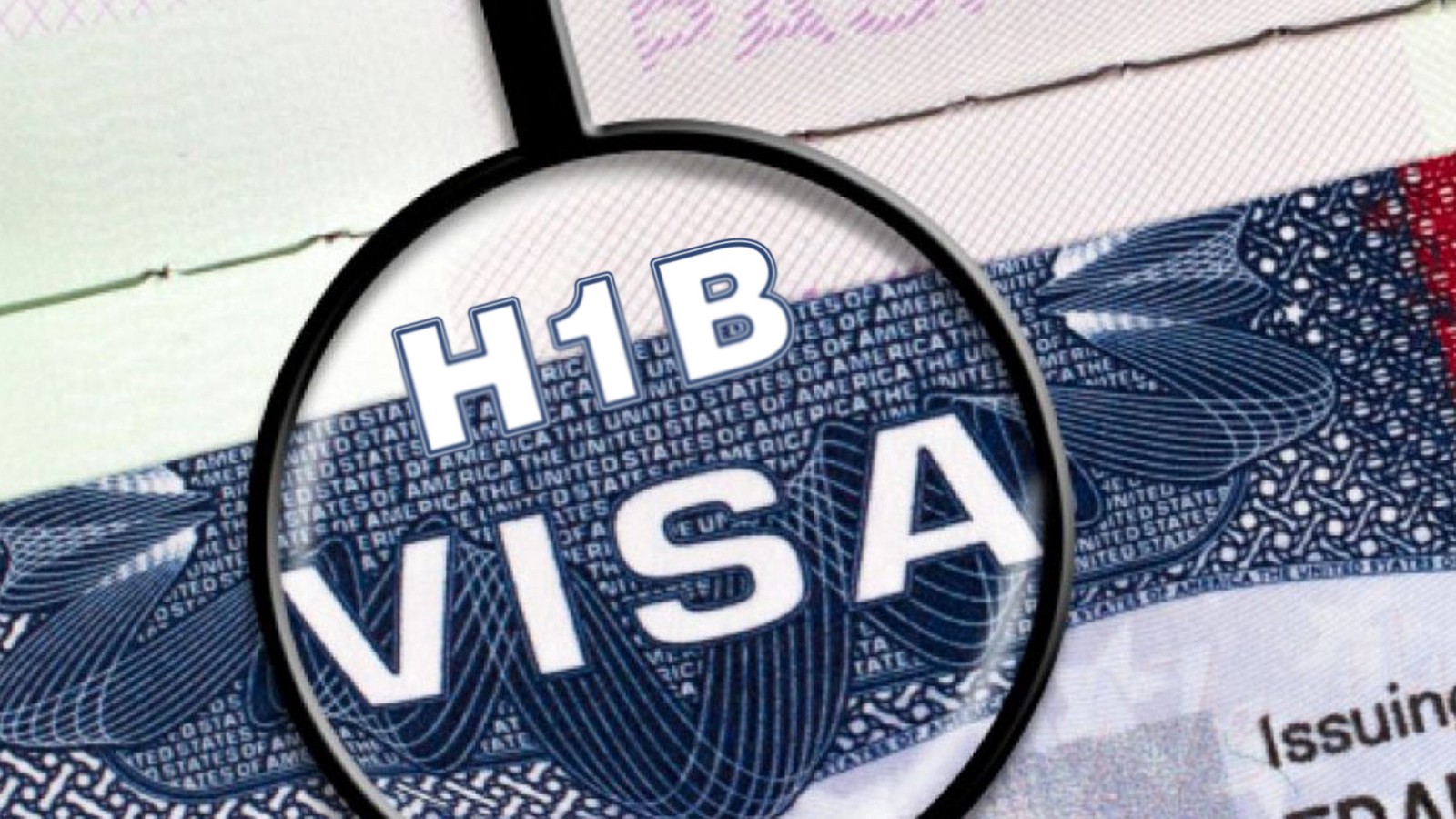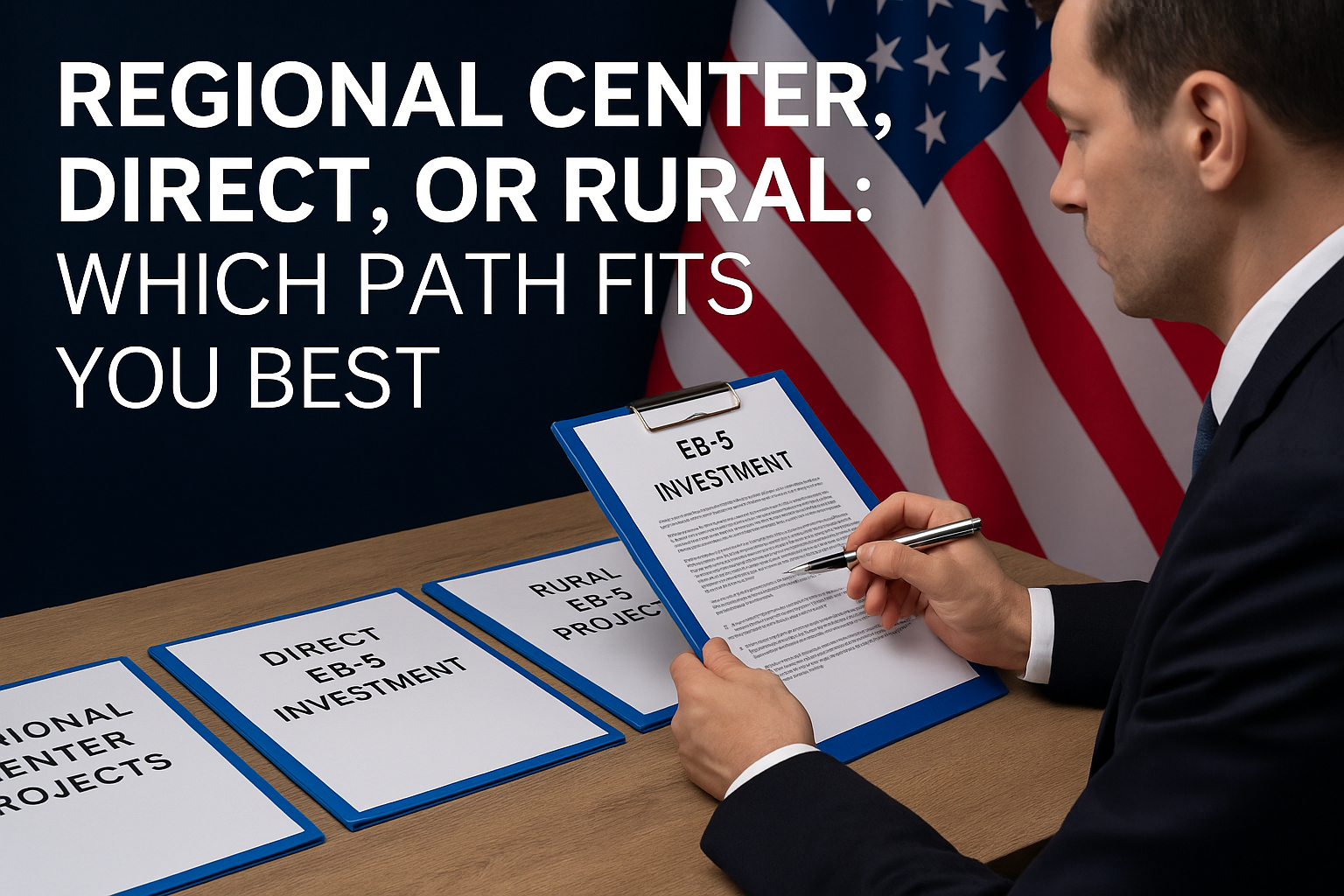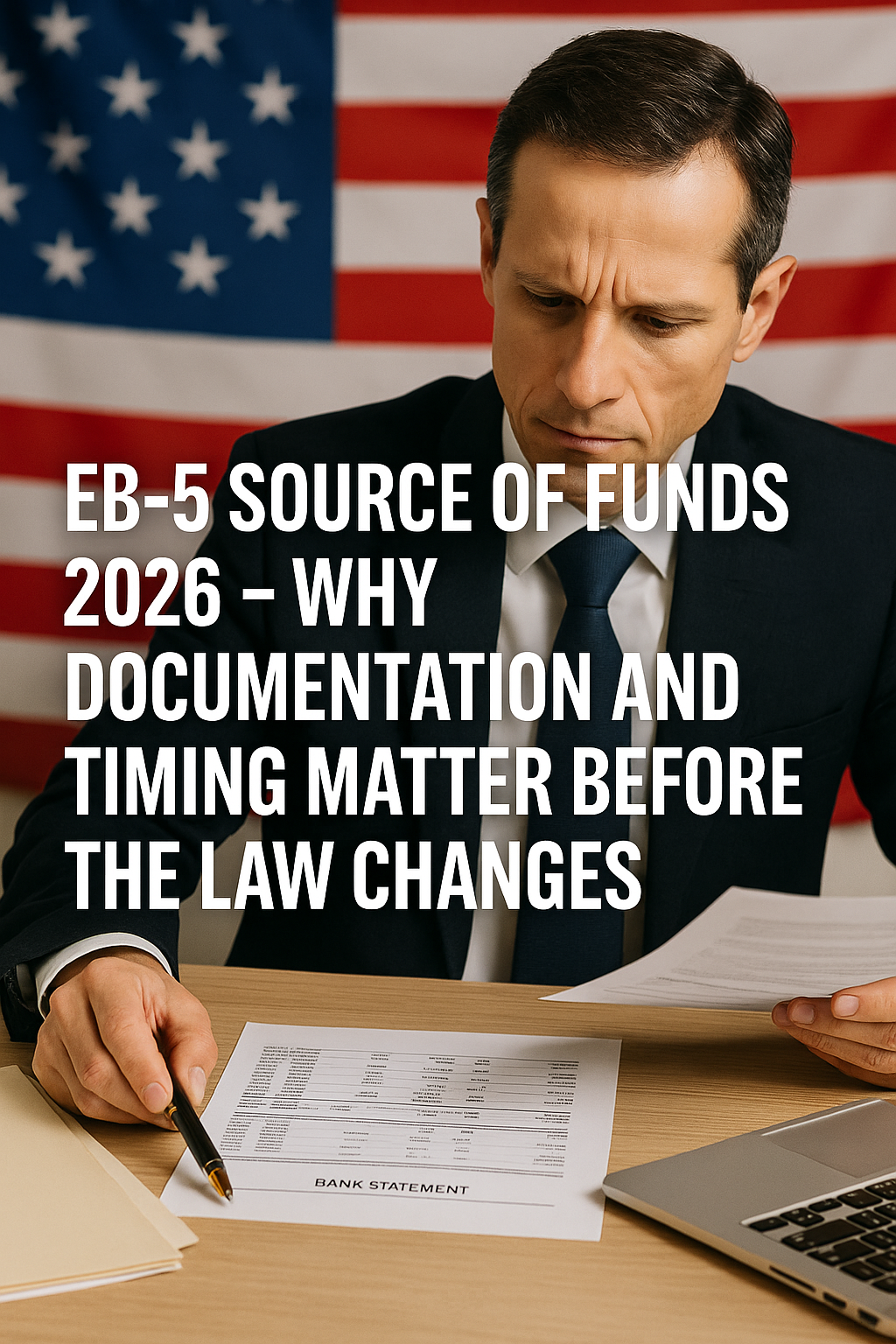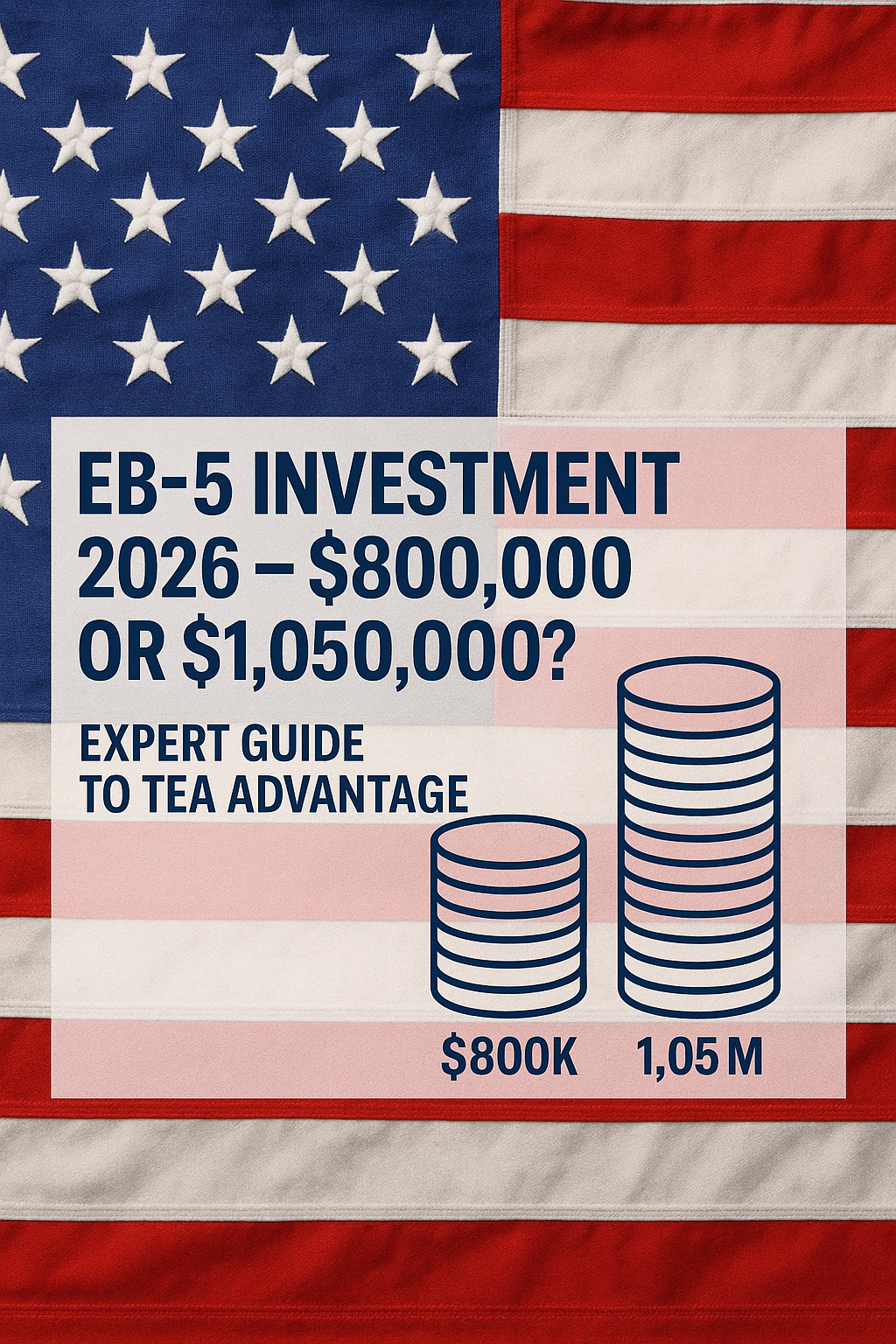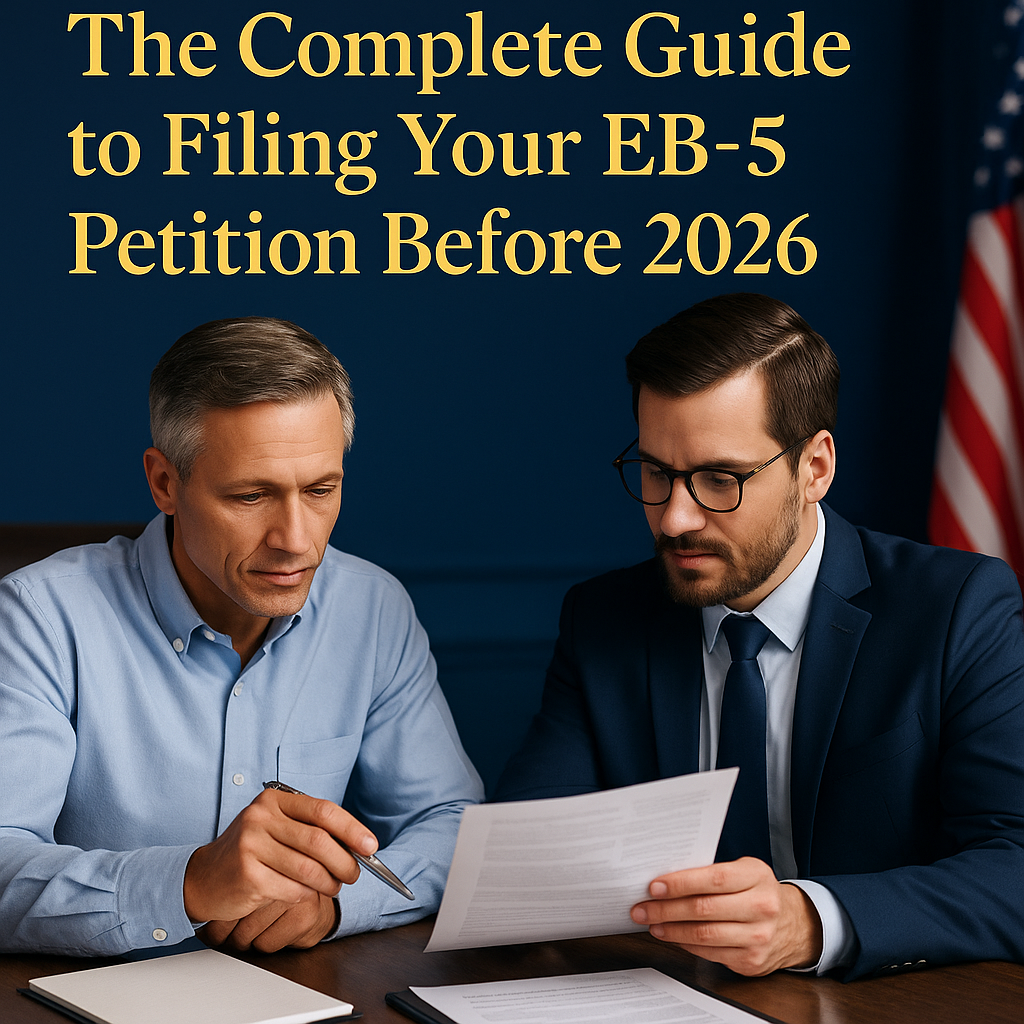Trump Repositions the H-1B Visa as a Premium Immigration Channel
On September 19, 2025, President Donald Trump signed an executive action introducing a $100,000 one-time fee for new H-1B visa applicants—transforming a once widely-used work visa into one of the world’s most expensive immigration pathways for skilled labor. While framed as a national interest measure aimed at protecting domestic workers and raising fiscal revenues, the policy has landed hardest on India’s export-driven IT industry, whose access to U.S. client markets heavily depends on the H-1B channel.
The administration argues the change is aligned with Trump’s broader effort to “rebalance high-skill immigration in favor of U.S. competitiveness and cost neutrality.” In practice, however, the move imposes a significant financial barrier to entry for outsourcing firms—particularly Indian IT service providers that have long depended on volume-based staffing of H-1B workers across North America.

Indian Tech Majors Rethink Their Global Delivery Strategy
Firms like Infosys, Wipro, TCS, and HCLTech—which together account for the majority of H-1B visa applications annually—now face difficult strategic choices. Many were blindsided by the speed of implementation and scrambled to get employees into the U.S. ahead of the fee enforcement. According to industry executives, firms are reassessing on-site staffing models in favor of offshore and nearshore delivery centers in locations such as Mexico, Poland, and the Philippines.
The immediate financial impact is considerable: a $100,000 charge per applicant transforms each overseas placement into a high-stakes capital allocation decision. For a firm that previously deployed 5,000 new H-1B workers per year, the new rule theoretically imposes $500 million in added cost—well beyond margins for most outsourcing deals.
Additionally, visa renewals and existing H-1B holders are temporarily exempt, but future uncertainty looms large. Corporate boardrooms are now weighing whether client-facing roles in the U.S. should be staffed locally—with American workers—or absorbed into Global Capability Centers (GCCs) in lower-cost jurisdictions.
For Workers, New Barriers Raise the Cost of the American Dream
For individual H-1B aspirants, especially in India, the new policy adds unprecedented friction to what has long been a dream pathway to U.S. opportunity. Though the fee is payable by the employer, the knock-on effects are clear: fewer sponsorships, tighter role justifications, and a shift in demand toward U.S. permanent residents or citizens.
Recruiters are already reporting a freeze on fresh filings for non-essential roles. The chilling effect could reduce the pool of skilled migration to the U.S., further tightening the labor market in sectors like AI, software engineering, and cloud infrastructure.
Moreover, firms may begin to favor inter-company transfers (L-1 visas) or explore nearshoring through intra-regional work visas like Canada’s Global Talent Stream—putting the U.S. at risk of losing its historical dominance in attracting global tech talent.
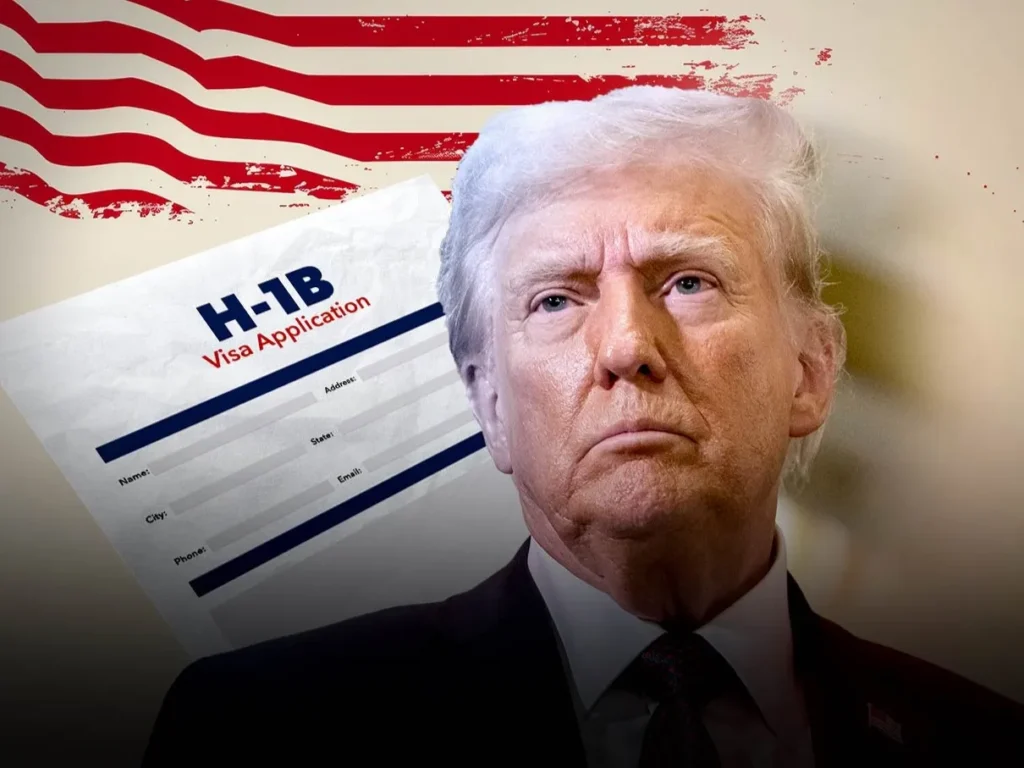
Strategic Policy or Economic Gatekeeping?
From a policy standpoint, Trump’s move marks a clear signal: temporary worker visas are no longer an open pipeline. Instead, they are becoming instruments of national revenue generation and political leverage.
Supporters argue the policy levels the playing field for U.S. workers and prevents abuse of the H-1B program by outsourcing giants. But critics view it as economic gatekeeping that risks undermining America’s competitiveness in high-growth sectors.
India’s National Association of Software and Service Companies (NASSCOM) expressed concern that the policy “risks creating unintended inefficiencies in global service delivery chains” and could prompt retaliatory measures or reduce foreign investment inflows.
For now, no exemptions have been introduced for startups, STEM research hires, or smaller companies—raising fears that only large enterprises can afford to navigate the new system.
Long-Term Implications of the H-1B Visa 2025 Rule
The $100,000 fee is more than a revenue mechanism—it represents a philosophical shift. By positioning the H-1B visa as a premium service, the U.S. is entering a model used by Gulf states and Caribbean nations, where residency or work permits are commodified for state benefit.
Whether this shift leads to better domestic job protection or simply deters innovation remains to be seen. But in the near term, one thing is clear: the cost of doing business in America—especially for foreign employers—is rising.
And for many tech leaders, the question isn’t just whether to pay. It’s whether to stay.
Follow us on social media and website for more insights!


